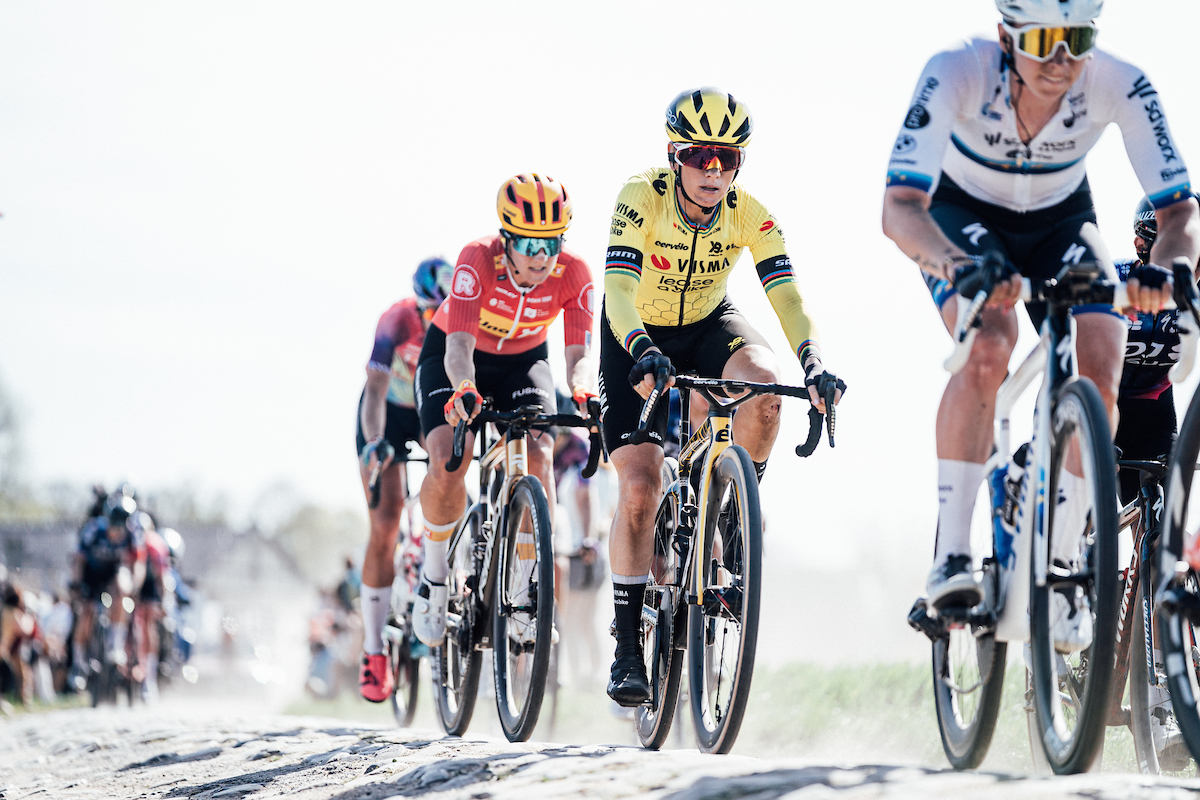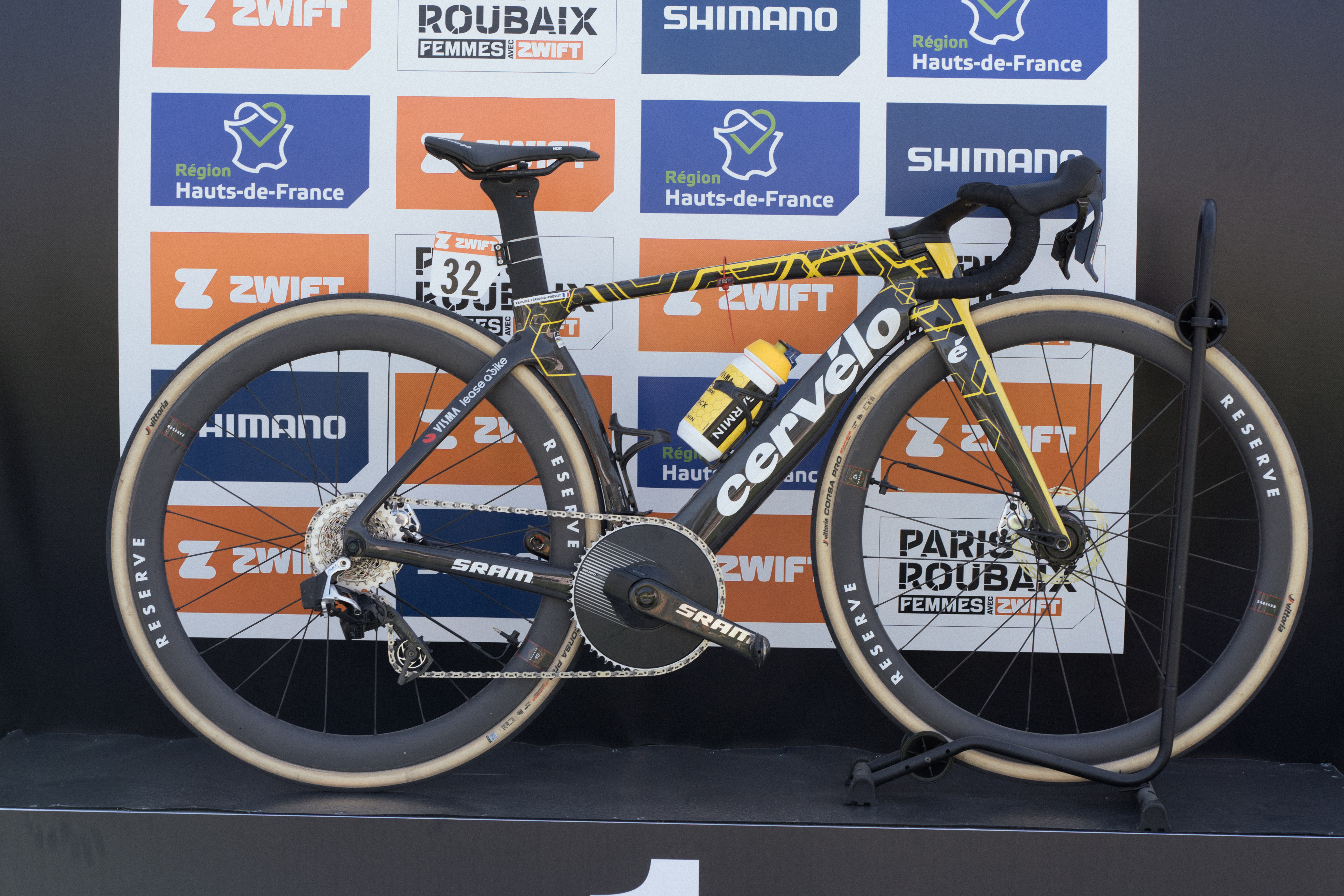Six talking points ahead of 2023 UCI Gravel World Championships - Preview
Momentum continues to build into second edition but growth pains continue with course questions, late organiser switch
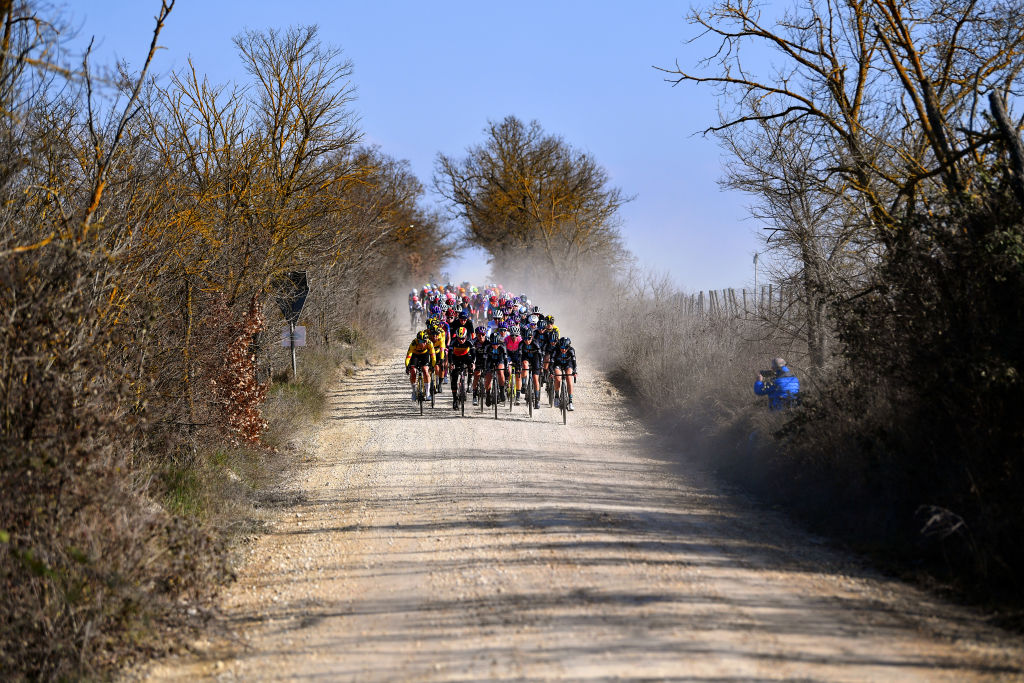
The second edition of the UCI Gravel World Championships is just days away, and while the teething problems have continued beyond the first edition, there are also clear signs that lessons have been learned as the new rainbow-jersey race entrenches itself in the calendar.
The depth in the field of contenders is gathering strength for the elite women’s race, which takes place on Saturday, October 7 and the elite men’s race on Sunday, October 8. The course, which which was announced little more than three weeks out after a late change of organisers to Pedali di Marca, remains in Italy in the Veneto region but crosses different territory and the amount of climbing is significantly amped up in 2023.
The elite men will race a distance of 169km, significantly less than the long-range, high-prestige gravel races in the USA, but still longer than most of the races in the qualifying UCI Gravel World Series events. The elite women will cover 140km, with the shorter course for the women making the event an outlier in the world of gravel racing, which generally offers equal distances.
The distance differential is just one of a number of the big talking points ahead of the 2023 edition. We also take a look at many more, including the implications of the new start grid ranking rules, course questions, the impending showdown between the top men's US gravel rider – Keegan Swenson – and the multi-discipline ring-ins, continued lead-in chaos and the ongoing build of momentum in this new incarnation of the discipline.
Cyclingnews will bring you extensive coverage of the racing with results, news and features. Ahead of the event you can also find also read up on the route, contenders and teams with all the information gathered together on our 2023 UCI Gravel World Championships hub page.
Is this a fitting Gravel World Championships course?
What makes a good gravel course can be a challenging question to answer with the top races in the discipline throwing forward a variety of challenges and surfaces. Some races stretch beyond 300 kilometres, others are far shorter but packed with climbs, then others still feature single-track paths and river crossings.
That variation means the definition of a good gravel course can vary considerably depending on who you are talking to but probably the most obvious area of agreement is that it includes a solid dose of the feature it is named after, gravel.
This is one area where the 2023 course – which admittedly was put together with astonishing speed after a late organiser change – perhaps falls short. The ratio of paved roads to gravel is close to 50/50, 46% for the men's race and near 49% for the men based on calculations from the road surface summaries in the maps supplied in the UCI release.
Road bikes were a common sight on the start line last year and that may well be the case again this year. Still the addition of some more technical sections could help swing part of the course toward the skill set advantage of off-road riders and away from the focussed WorldTour professionals.
"The first tricky point will be the stretch of dirt road that the riders will tackle in the initial section of the course: 21 kilometres that are really demanding," Italian head coach Daniele Pontoni said in a statement released by organisers.
"I compared that stretch to the Arenberg Forest at Paris-Roubaix: it is far from the finish line but it will create a first big selection, where it will become clear who cannot win this UCI World Championships."
The climbs also deliver another crucial challenge – with the men's race including 1890m of elevation gain and the women's 1660m – though many of the climbs play out on paved sections so could suit the climb savvy road rider more than the gravel specialists. As Nathan Haas, who finished 16th in the first edition of the Gravel World Championships said in his detailed first take on the course: "It is an event we all hold great respect for, and all want to win, but understand that it just simply isn’t what we’d call ‘gravel’."
Start grid steps forward
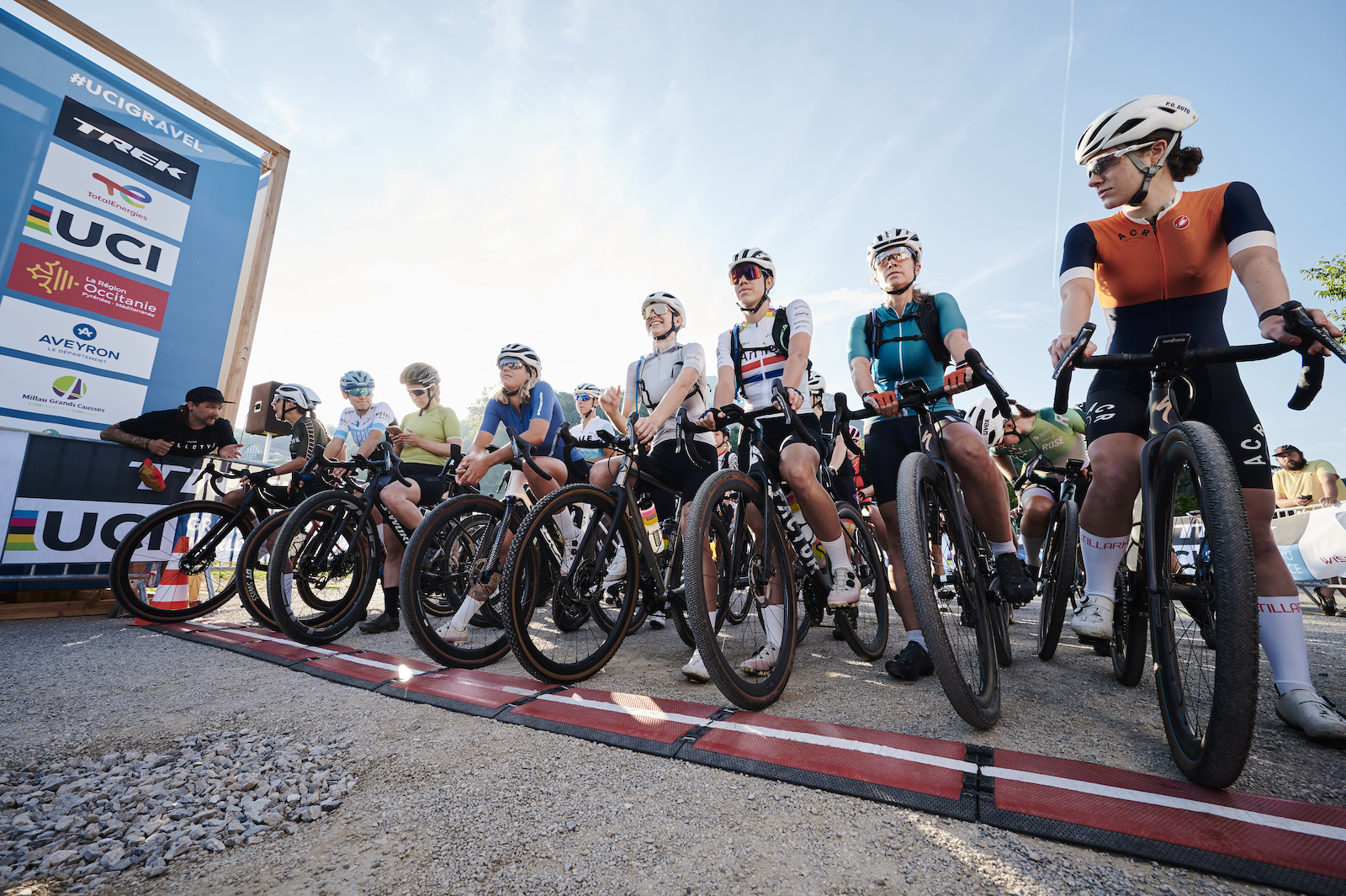
Last year the front row of the UCI Gravel World Championships was dominated by road professionals, with gravel specialists initially finding that their results in the new UCI Gravel World Series counted for nought when it came to start line priority. There was a clamour of protest when road, mountain bike and cyclocross points were prioritised ahead of results in the discipline itself. This led to a new start grid policy that was announced in the spring.
Points from the UCI Gravel World Series will this year take precedence, while 50% of point in the UCI rankings of road, mountain bike cross-country (XCO), mountain bike marathon (XCM) and cyclocross factored in. It is a step in the direction of rewarding those who participate in the gravel series, though is still a far cry from the rules that operate in other off-road disciplines like cyclocross and mountain biking where even the most point-loaded road rider has to work their way up the grid. Then there is also the fact that some of the most prestigious and long-running gravel races around, such as Unbound, don't fit into this points equation at all.
The true test of the system will come when the starting grid placements are released. Then we will discover just how many of the largely-privateer, top gravel specialists can find themselves a place near the front under the current points system or discover if it is just another mechanism that will hand the advantage to the team supported WorldTour professionals with access to a vastly greater number of race days in which they can earn points.
Where does Keegan Swenson fit in?

There is no doubt that in the nation that is known as the home of gravel, Keegan Swenson is the dominant force. He has a long string of wins this year that includes Unbound Gravel 200 and the first edition of the US national title in gravel. Such is Swenson's winning streak that he had already locked up an unassailable lead in the Life Time Grand Prix series even before the final two rounds played out. We haven't, however, seen where he fits into the field when it comes to the UCI Gravel World Championships as the rider did not attend the event in 2022.
In winning the USA Cycling Gravel Championships, Swenson secured a supported spot in the race for rainbows this year and is heading over to Italy early to test his winning form. However, the event has as many differences as similarities to the style of racing where he usually excels. For a start, there will be a large contingent of WorldTour professionals with whom to contend. Secondly, it is a race with a considerable proportion of paved roads, and thirdly, team tactics are bound to play a strong role.
However, it won't be Swenson's first time facing this combination at a World Championships, as he lined up at the Road World Championships last year, coming a respectable 73rd. A top performance on a course that offers plenty of favours to the road specialists would speak volumes on the talent of the rider.
Still, even a less-than-stellar performance may be seen not as a reflection of his abilities rider, but could lend more credence to the argument that the course isn't reflective of a 'true gravel race' given his clear dominance in the discipline in the US. Whether the race is a test for the rider or the organisation, no matter what Swenson's result it is bound to be a topic that draws much interest.
Dis-organisation
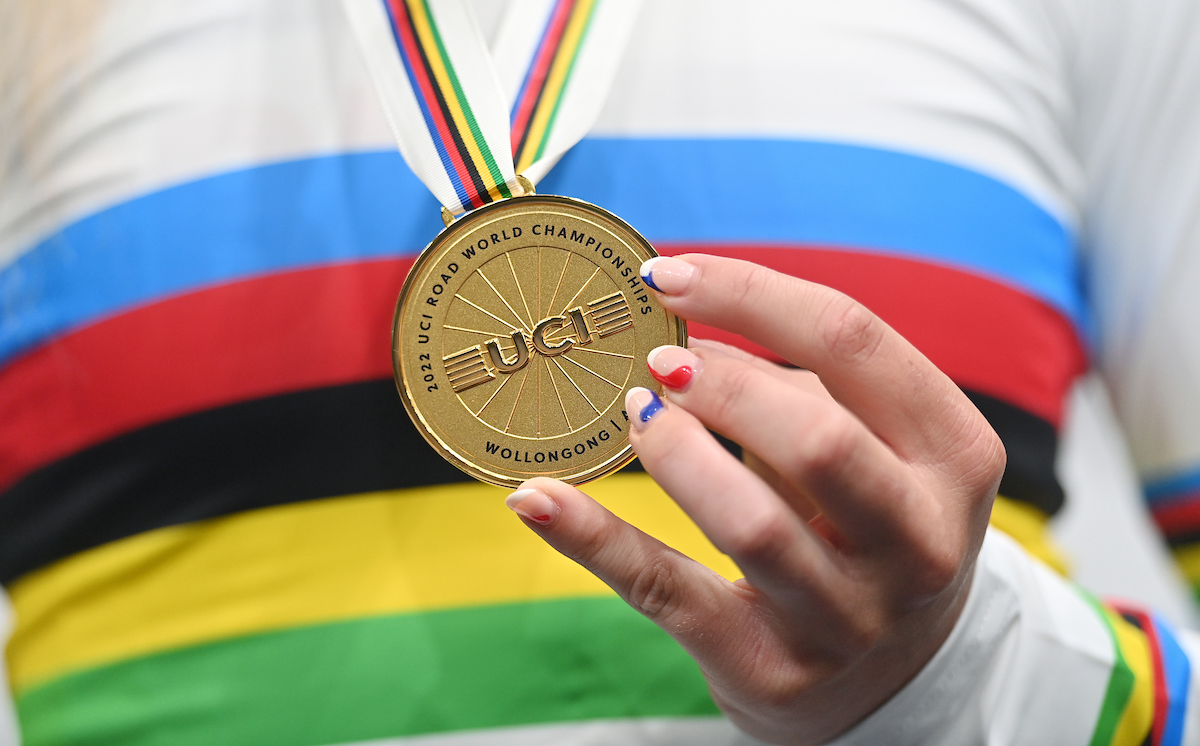
When it comes to a Road World Championships, the location and course details are known well in advance. For example, all the details of the 2024 event route and profiles for Zurich were published on the final weekend of the 2023 event in Glasgow.
However, so far that hasn't exactly been the model for the UCI Gravel World Championships. The Veneto region of Italy was confirmed as the host for 2022 and 2023 in June of 2022, four months out from the first running of the event, and in 2022 course details were not announced until mid-September. With the location staying the same for a second year, hopes had been high for an earlier route reveal, but then plans once again became last minute when there was a late change to the event organiser, Filippo Pozzato’s PP Sport Events replaced by Pedali di Marca. The full course details this time were released just three weeks before the event. This was admittedly an impressively quick turnaround from the new organisers who faced an extraordinarily challenging task. Nevertheless, so many unknowns surrounding the event until weeks before the race raises the degree of difficulty in plotting out travel and accommodation plans, let alone equipment planning and training schedules.
It not an issue that is unique to the Gravel World Championships either, with Annika Langvad recently saying in an Instagram post , after having two very different experiences at UCI Gravel World Series events, that she loves gravel racing but "What I don't like so much is the 'wild west' organization/rules that exists in this discipline. The organization often don't match the athletic level."
There are, however, signs that change and development is on the way. The organisers of the World Championships are now plotted out till 2028. Plus the 2024 event in Belgium has already largely disclosed the course, with the European Championships somewhat a test event. And even the 2026 rainbow race in Nannup, Western Australia has already taken to social media with route information teasers. Certainty surrounding the location and course can only help open up the opportunity for more riders, fans and sponsors to jump on board.
Not equal, just less of a gap
A regular characteristic of gravel racing is its equal distances for men and women, so the decision in 2022 to deliver a 140km race for the women and a 194km race for the men raised more than a few eyebrows. Long-time gravel racer Alison Tetrick for one said: "Everyone has a home in the gravel family. It doesn’t matter how you classify us or how we identify. Competition is fun, racing can be exciting, and we’re all for it. But there is no excuse for forcing inequality into a part of cycling that has tried to spurn inequality from the start."
In 2023 the women's race is still 140km long, but with the men's race having dropped to 169km, the gap has narrowed a little. Still any distance differential chips away at the advantage of the long-range gravel specialists who are already facing vastly shorter courses than what they are accustomed to. Plus, more importantly, it is seen as undermining one of the defining characteristics of the discipline – equality. "This is a regression in sports," said Tetrick. "This is reverse-engineering of everything we have worked for and built."
Given the history, near enough is unlikely to be considered good enough for the gravel community when it comes to distance differentials between the men's and women's gravel races.
Mistakes that become lessons learned
It is easy to find fault when a new model evolves, as any trial and error process is likely to involve a good dose of error before an optimum approach can be found. Add in the limited resources that tend to come with any new competition to the lack of established processes and procedures – particularly in a discipline that in some respects has evolved with a less formal approach as a treasured cornerstone – and it is no surprise that there have been some hiccups along the way. Mistakes, however, can become lessons learned.
It is of course hard to make a definitive statement on whether or not the 2023 edition will be a step up on the first running ahead of the event. There are certainly changes for the better that offer encouragement, such as the new start grid rules and what – from early pre start list indications – appears to be a growing depth in the field. Then there is the considerable promise shown with the pipeline of World Championships that are already mapped out for the years ahead.
The evolution of gravel as a UCI discipline may clearly still have plenty of room for development and fine tuning, but at least the signs are that they have found a path that is overall heading in the right general direction.
Get The Leadout Newsletter
The latest race content, interviews, features, reviews and expert buying guides, direct to your inbox!
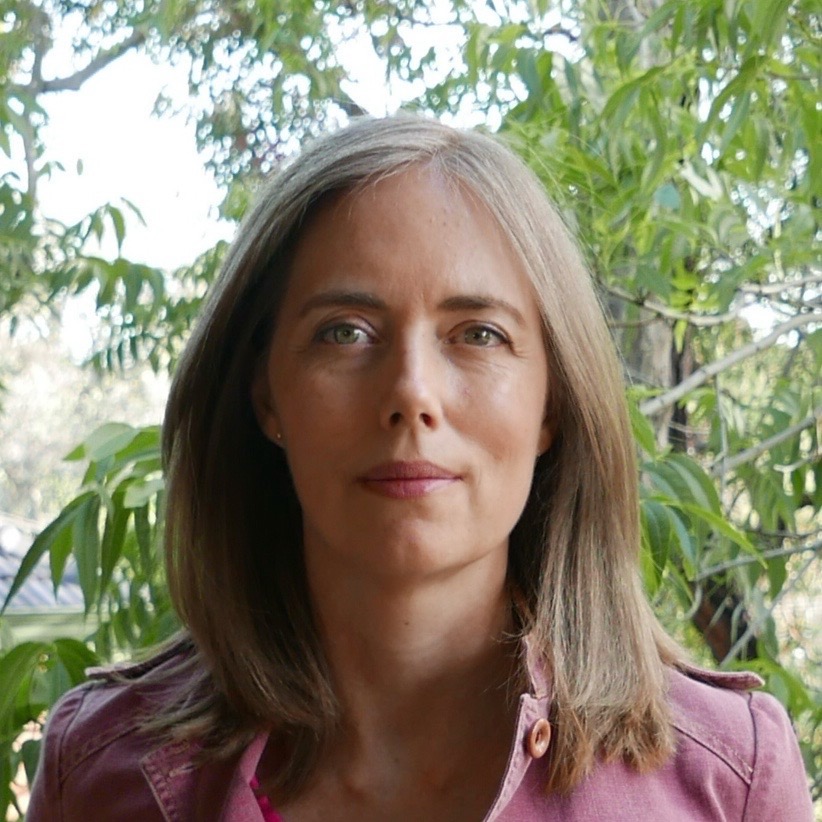
Simone is a degree-qualified journalist that has accumulated decades of wide-ranging experience while working across a variety of leading media organisations. She joined Cyclingnews as a Production Editor at the start of the 2021 season and has now moved into the role of Australia Editor. Previously she worked as a freelance writer, Australian Editor at Ella CyclingTips and as a correspondent for Reuters and Bloomberg. Cycling was initially purely a leisure pursuit for Simone, who started out as a business journalist, but in 2015 her career focus also shifted to the sport.
Latest on Cyclingnews
-
Christopher Blevins and Samara Maxwell walk away from Brazil Mountain Bike World Series opening rounds on top of XCO leaderboards
American Specialized Factory rider closes with XCO win as New Zealand’s Maxwell comes second to Jenny Rissveds in final battle at Araxá -
More comfortable and more adherence on back wheel – Pauline Ferrand-Prévot embraces adjustable tyre pressure edge at winning Paris-Roubaix debut
Visma-Lease a Bike rider says for Tour of Flanders the self-inflating technology was a 'maybe but maybe not' though 'for the cobbles of Paris-Roubaix there is no question' -
Gallery: Paris-Roubaix women's podium bikes
Fresh off the cobbles, all three bikes from the podium of Paris-Roubaix Femmes -
USA CRITS: Lucas Bourgoyne goes back-to-back at Hapeville Crit while Aylena Quevedo takes pro women's win
Women's Kingdom Elite team goes one-two with Jeydy Praderas on podium ahead of Erica Carney

